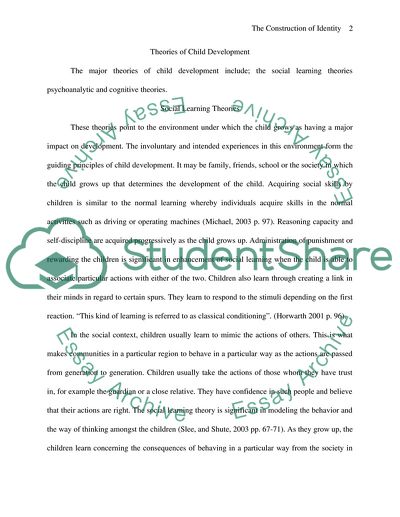Cite this document
(The Major Theories of Child Development Research Paper, n.d.)
The Major Theories of Child Development Research Paper. Retrieved from https://studentshare.org/psychology/1723522-who-am-i-the-construction-of-identity
The Major Theories of Child Development Research Paper. Retrieved from https://studentshare.org/psychology/1723522-who-am-i-the-construction-of-identity
(The Major Theories of Child Development Research Paper)
The Major Theories of Child Development Research Paper. https://studentshare.org/psychology/1723522-who-am-i-the-construction-of-identity.
The Major Theories of Child Development Research Paper. https://studentshare.org/psychology/1723522-who-am-i-the-construction-of-identity.
“The Major Theories of Child Development Research Paper”, n.d. https://studentshare.org/psychology/1723522-who-am-i-the-construction-of-identity.


